
Michelangelo · Buonarroti «David-Apollo» around 1530 Florence, the National Art Museum of Bargello
"Michelangelo and the ideal body" will be held at the National Museum of Western Art, Tokyo from Tuesday 19th June (Tue) to September 24th (Monday · holiday), 2018. Since the exhibition was held on June 18, I will tell you the situation.
That talent was honored as "a god 's place", Michelangelo · Buonarroti (1475 – 1564) greatly named in each field such as architecture, painting, poetry. He named himself a "sculptor" and was particularly interested in sculpture among the arts that he had done.

«Heracles» late 4th century BC Florence National Archaeological Museum
The Italian Renaissance art was based on the ancient Greek-Roman art, but it was an ancient sculpture that could be seen in Florence and Rome, which had a particularly great influence on the Renaissance artists. And the most important of them was male nude sculpture. As the body of the athlete was dedicated to God in the ancient Olympics, the norm of beauty was indicated by the male nude.
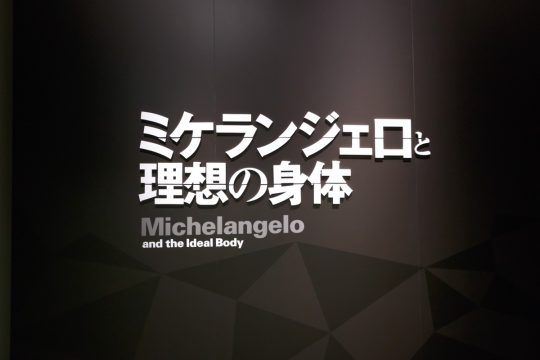
"Michelangelo and the ideal body" focuses on the beauty of men that the Renaissance has reached as an exhibition, and exhibits 70 works of ancient Greek / Roman times and Renaissance. In addition, I will approach the "ideal body image" that the artists pursued at the time, centered on Michelangelo's first work, "Young Baptist John" «David-Apollo» .
Ⅰ
Chapter 1 Age of Human Beings of Beauty, From Ancient to the Renaissance
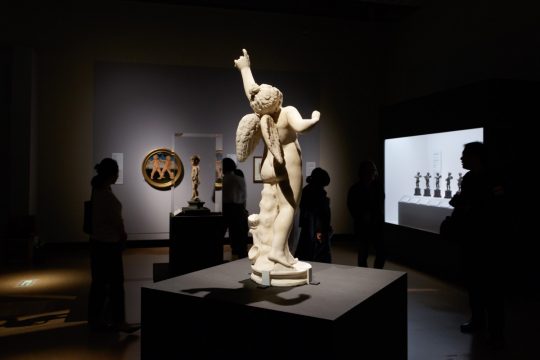
«Cupid to Pull a Bow» Late 2nd Century Florence National Archeology Museum
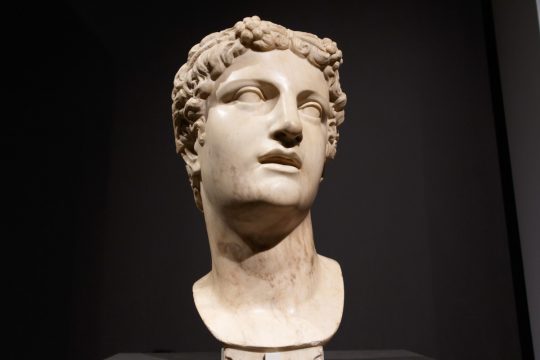
«Bacchus's head» around 1515 Florence, Giovanni Platge Collection
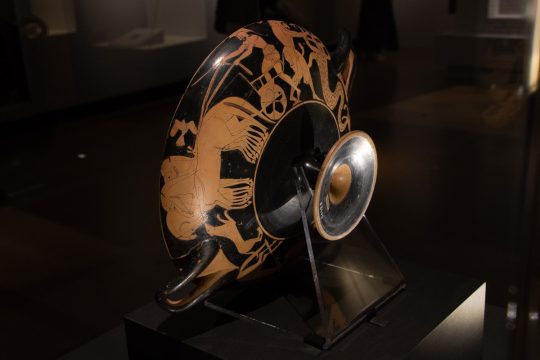
«Attica red statue Calpis, Lion of Hercules and Nemea» around 490 BC Rome, Villa Julia National Museum, Castellani Collection
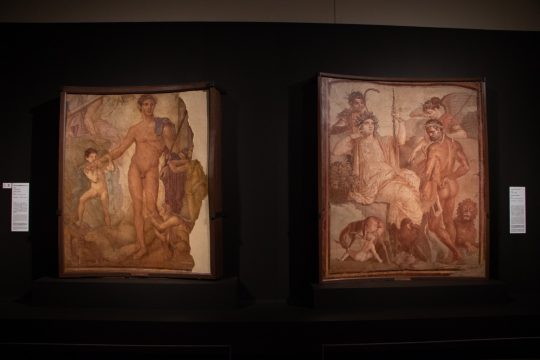
(Left) «Theuses which releases children» (right) «Hercules and Telefos» Both are 65 – 79 years National Archaeological Museum of Naples
The first chapter entitled "Age of Man". When entering the venue, muscular ridiculous nudity statues line up, and the scenery is spectacular one word. The first chapter is divided into exhibition areas "Beauty of children and adolescents" "Completion of face" "Athletes and warriors" "Gods and heroes" The exhibition area is divided into a composition that can see the ancient Greek-Roman body expression from various viewpoints It is getting.
The expression of expression by age, the expression of "face" pursuing their ideal, and the appearance of "God" found in warriors and heroes. In the ensuing Middle Ages these bodies are "to be hidden", but the human-centered worldview of the Renaissance will cast light on the body expression of ancient Rome and Greece again.
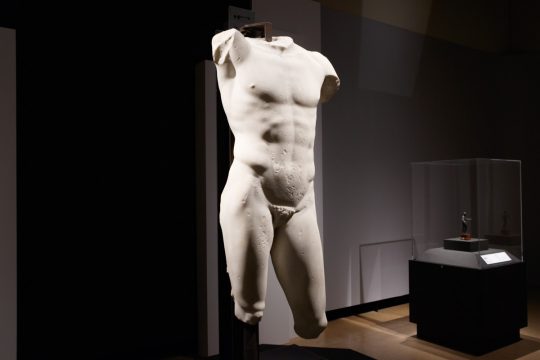
«Amneston's athlete» 1st century BC Florence National Archeology Museum
Male nude statue named "Amelung's athlete". Although this work is Roman copy which is a reproduction article, the original sculpture is thought to be caused by the hand of Muron famous for "sculpture of discus" sculpture. Notable attention is that attitude, the pose which shifted the center axis of the body by applying weight to one foot was called contra post, and it was inherited as a norm of posture from long ago.
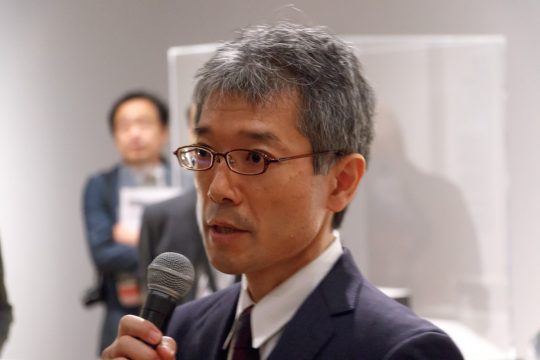
Mr. Takashi Iizuka of the National Museum of Western Art, which explains «American athlete 's athlete»
Mr. Takashi Iizuka, chief scientist at the National Museum of Western Art, explained in detail about this contra post.
"I think that there are not any casual poses, but it was a big discovery in art history.This is one big idealistic image, but never that this contra post can be forgotten even in later times There was not it, how close the ideal image of that era is to the contra post, even if it is extremely far away, that "being separated" made sense. "
Ⅱ
Chapter 2 Michelangelo and the ideal of male beauty
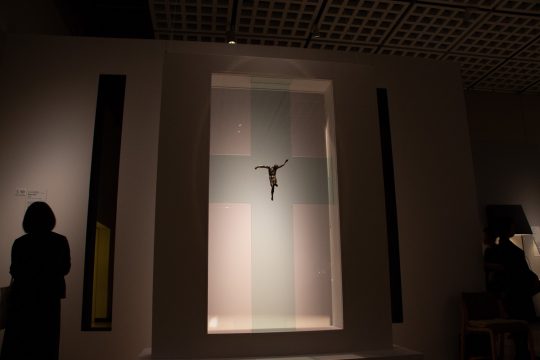
Artists around Michelangelo «Crushed sinner» around 1550 Florence, the Stefano Bardini museum
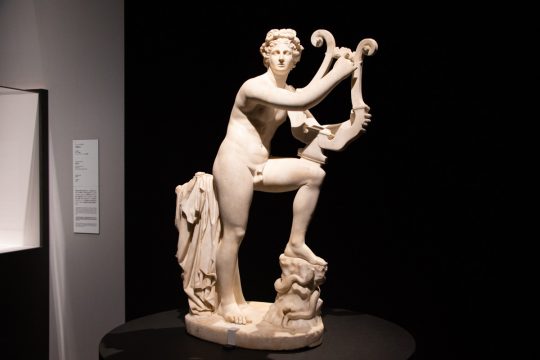
«Apollo playing harp» In the early 2nd century Florence National Archeology Museum
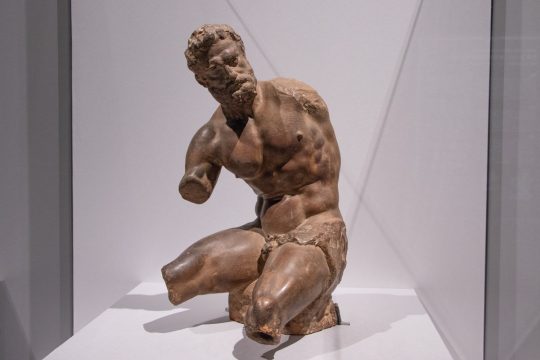
Gian Bologna «Male nude» About 1572 Florence, Horn Museum of Art
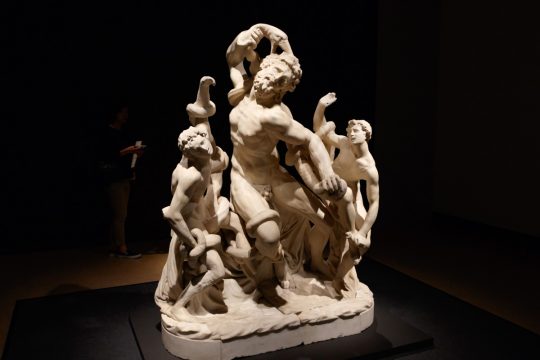
Vincenzo de Rossi «Laocorn» around 1584 Rome, private collection, Galleria del Laoconte Deposit
The venue will move to the 2nd exhibition room and to the 2nd chapter where sculptures of Michelangelo will appear at last. In addition to the Michelangelo work, a number of nude sculptures of the Florentine era are displayed, and it makes me feel that the beauty of contra post which was found in the ancient Greek era is inherited.
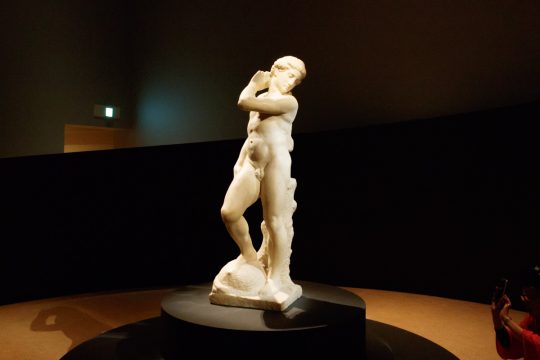
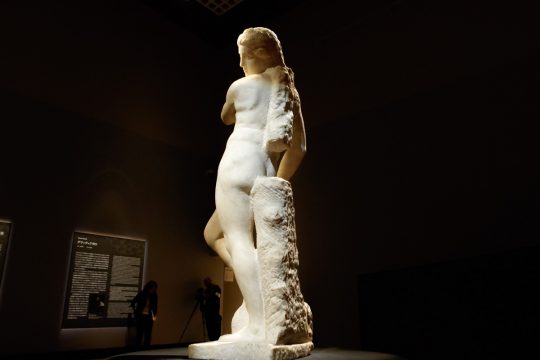
Michelangelo · Buonarroti «David-Apollo» around 1530 Florence, the National Art Museum of Bargello
A work that can be said as the white brow of this exhibition, «David Apollo». It is a monumental work in which Michelangelo's creative features were condensed, although this work was unfinished due to Michelangelo's assignment to Rome during production.
Are you trying to pull out the arrow from the quiver? The twist born from the motion of the left hand leads the whole body and the right foot is placed on the rock of the feet to form an elegant proportion. Indeed, while inheriting the beauty of Contra Post, the spiral shape called Cell Pentinata expresses the polarity of beauty reached by Michelangelo.
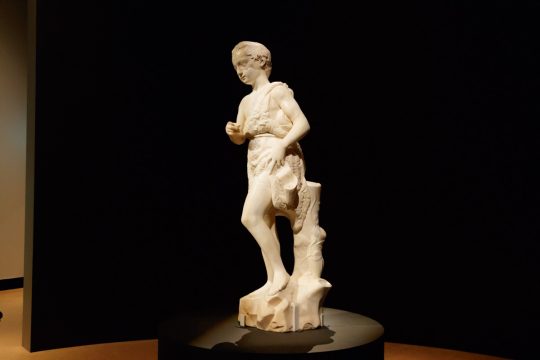
Michelangelo · Buonarroti «Young Baptist John» 1495 – 96 Ubeda, the El Salvador Basilica, Jaen (Spain), the El Salvador Shrine foundation
This is the first visit to Japan «Young Baptist John». Although this work was destroyed by the Spanish civil war, it was restored to a completely close form in Florence. It was created by Michelangelo around the age of 20, and the contrast of the expression of lively dynamism and sadness that arises from the bent left foot makes me feel strange charm.
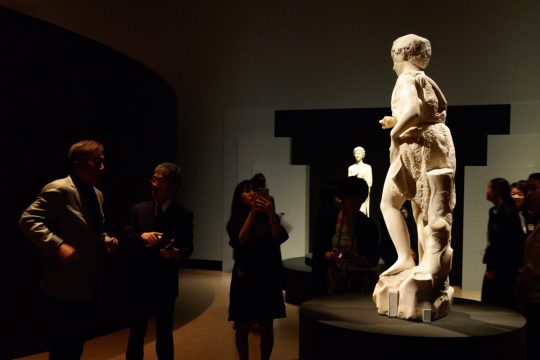
Sculpture can be viewed from the surroundings
It is the world's first achievement that this «young Baptist John» and «David Apollo» are displayed side by side. In addition, it is possible to appreciate 360 ° around the sculpture at this venue. By all means, try changing the standing position and enjoying Michelangelo's sculptures to every corner!
Ⅲ
Chapter 3 Michelangelo on the legend
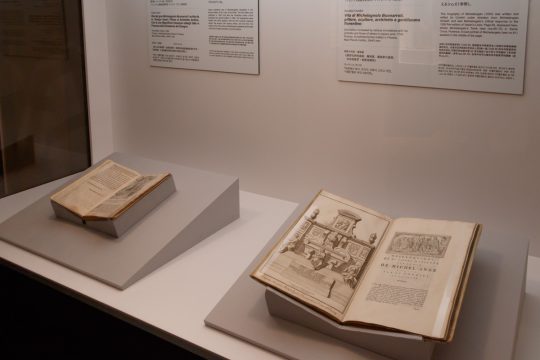
Ascanio Condyvi 'Painter, sculptor, architect and architect of Florence, Dentist Michelangelo · Buonarroti' in 1746 Florence Art History Institute, Max · Planck Institute
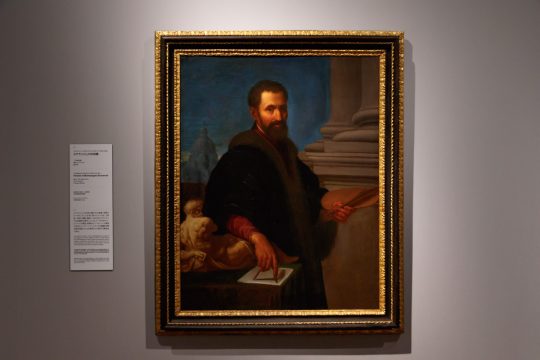
Passignano «Portrait of Michelangelo» Private collection in the early 17th century
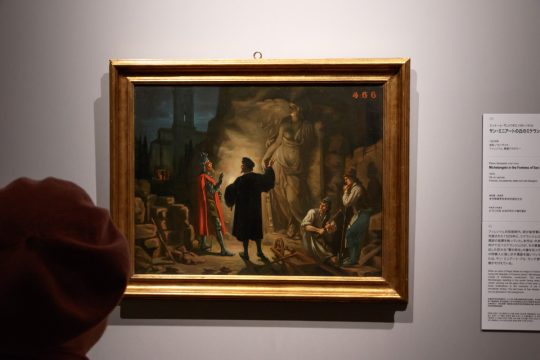
Ettole · San Paolo «Michelangelo at the hill of Saint Miniat» 1879 Florence, drawing skill Academy
In the final chapter, portraits and memorial medals depicting Michelangelo are displayed. There are also biographies in the exhibits, you can see that he was already treated as a mythical person from the time of his life and that its appearance and episode were widely known.
These "legendary Michelangelo" statues were handed down to posterity, people in Europe celebrated him.
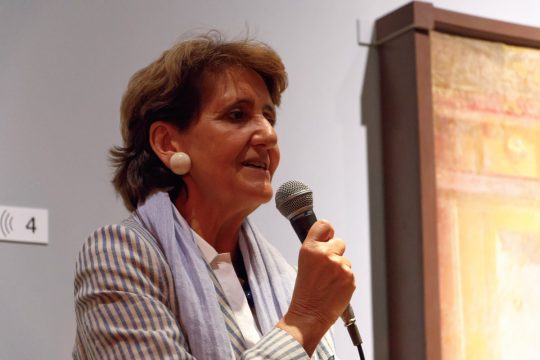
Art historian Rudovika Sebregonty
"Michelangelo had already figured out the figure of the image to be completed in the marble, there is a life to appear outside, he will release it from the hard marble Was said to be the sculptor's role.This is in line with the idea of New Platonism ( * ), and the idea that the human soul can reach the world of the soul only after the soul of the human being is released from the bondage of the body I think I can find it. "
The art historian, Ludovika Cebregonti who supervised this exhibition, explained about Michelangelo's sculpture as such.
"I would like to emphasize in the end that the« young baptist John «and« David Apollo »will be displayed side by side on the same floor This is the first time in the world, I am proud that the exhibition is very unique and meaningful. "
The exhibition is from June 19 (Tuesday) to September 24 (Monday · holiday) in 2018.
Michelangelo has drawn ceiling paintings and mural paintings of the Sistine Chapel and reached the area of incarceration. What is "the ideal body" that he completed?
Why do not you visit the venue for a look.
* New Platonism … … a faction of Greek philosophy established in the 3rd century later. I pushed Plato's idea theory, thinking that all things will flow out from one.
The summary is here:
https://home.ueno.kokosil.net/en/archives/23109


